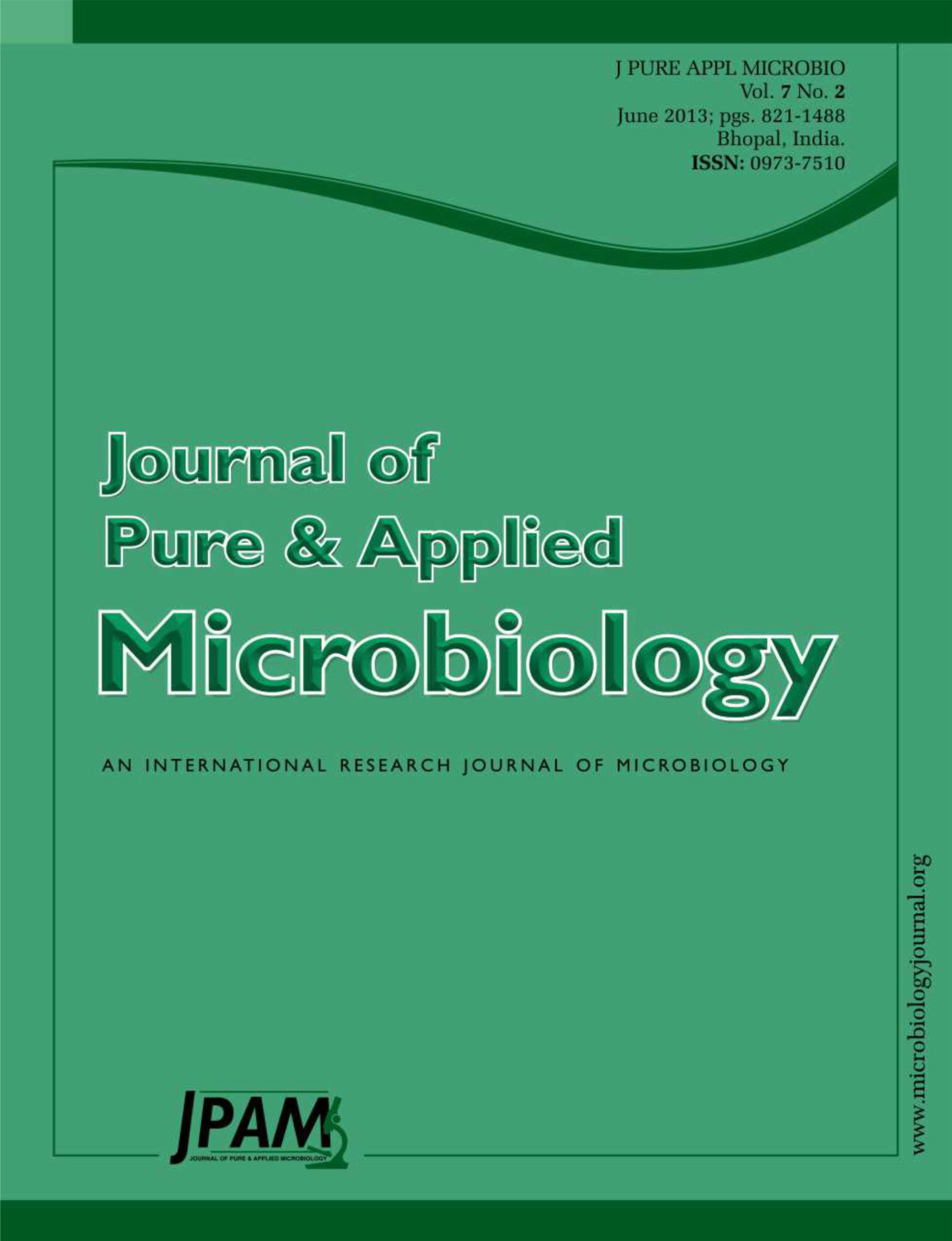Mustard tuber wastewater posses high salinity ([Cl-1] = 18~23 g L-1), high organic content (COD = 4000 ± 100 L-1) and biodegradability (BOD5/COD » 0.5). The anaerobic sequencing batch biofilm reactor (ASBBR) pretreatment was employed to reduce much of the organics. The experiment studied the effect of salinity on ASBBR treating mustard tuber wastewater. The ASBBR was conducted at 50 % biomass density, 30 °C and pH value of 7.0 ± 0.2, the effluent COD increased from 290 mg L-1 to 1520 mg L-1 when the salinity increased from 10000 mg L-1 to 30000 mg L-1. The recommendation salinity was obtained under two different subsequent treatments: one was that the effluent from ASBBR discharged into pipelines then treated in wastewater treatment plant, the other was that effluent from ASBBR discharged into natural waters after aerobic treatment.
Hypersaline Wastewater, Anaerobic Sequencing Batch Biofilm (ASBBR), Salinity, Industrial Wastewater
© The Author(s) 2014. Open Access. This article is distributed under the terms of the Creative Commons Attribution 4.0 International License which permits unrestricted use, sharing, distribution, and reproduction in any medium, provided you give appropriate credit to the original author(s) and the source, provide a link to the Creative Commons license, and indicate if changes were made.


